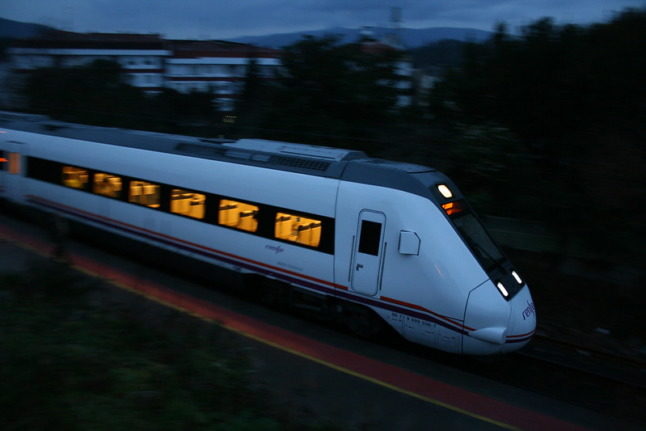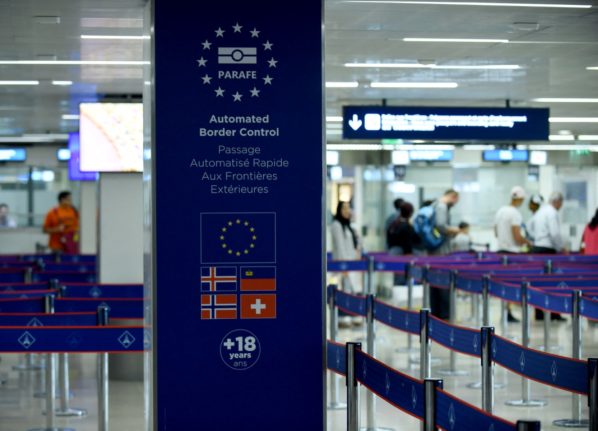It’s been sixteen years in the making but as of December 21st 2021, there will finally be a high-speed train which links Madrid to Galicia.
It will take approximately 2 hours and 15 minutes from the Spanish capital to Ourense rather than the current four hours, the fastest stretch of the route on which the new AVE train will be able to reach speeds of 300km/h.
Train journeys between Madrid and other Galician cities such as Vigo, A Coruña, Pontevedra and Santiago will also be reduced by anywhere between 54 minutes and 1 hour and 28 minutes.
There will be ten daily trains in both directions rather than the current six.
Tickets go on sale on Tuesday November 23rd and the first commercial train will set off on December 21st.
In order to promote the new line, Renfe has decided to offer 250,000 tickets for just €15 for travel between Madrid and Galicia from December 21st 2021 to September 12th 2022.
The €9-billion project was meant to have been completed 13 years ago but has been marred by constant delays and missed five official deadlines.
According to Spain’s Transport Minister Raquel Sánchez, this high-speed section is “without a doubt, the most complicated of the entire Spanish rail network as it includes 30 tunnels and 30 viaducts, necessary to overcome the complicated orography of the route”.
The government, as the minister explained, plans to reduce the trip by another 20 minutes with the arrival of the Talgo 106 series trains, known as Avril, which will allow speeds of 330 kilometres per hour.
But for now the biggest beneficiaries are those travelling between Madrid and Ourense, as the new journey times provided suggest:
- Ourense-Madrid: 2 hours 15 minutes
- Vigo-Madrid: 4 hours 16 minutes
- Pontevedra-Madrid: 4 hours
- Santiago-Madrid: 3 hours 20 minutes
- A Coruña-Madrid: 3 hours 51 minutes
- Lugo-Madrid: 4 hours 46 minutes
Ave stands for Alta Velocidad Española (Spanish high speed), a service of high-speed rail in Spain operated by Renfe, the Spanish national railway company.
READ ALSO:



 Please whitelist us to continue reading.
Please whitelist us to continue reading.
Member comments